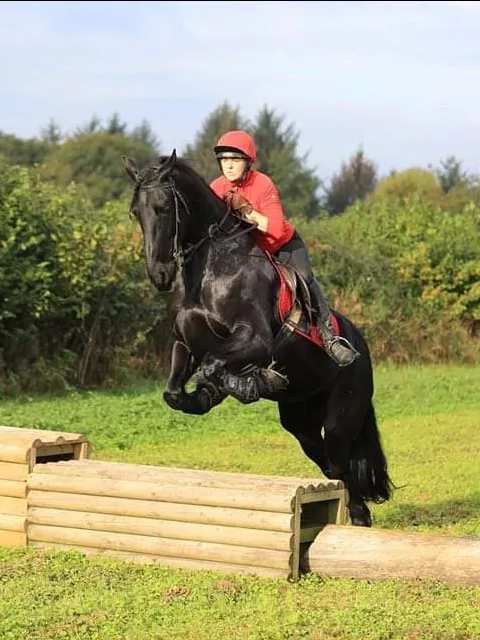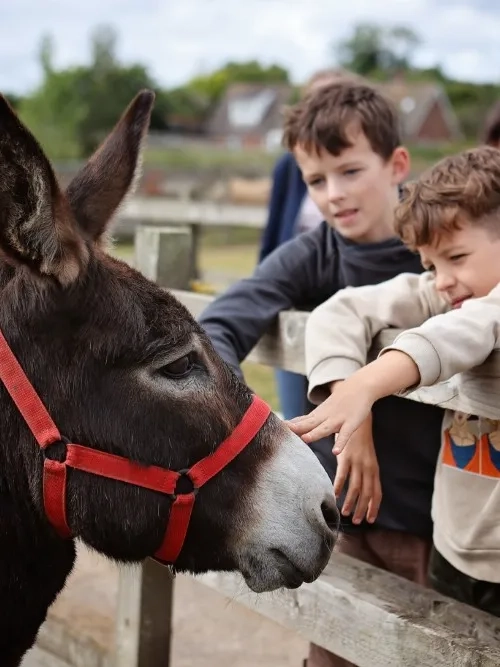08 March 2021

Muck presents a particular challenge when we look after horses in quarantine. Whether we are isolating new arrivals for routine screening, or horses that are affected by a confirmed outbreak, muck can accumulate quickly and needs to be disposed of carefully to reduce the risk of disease spreading.
So how easily can strangles spread in muck? And how can we dispose of it safely?
How contaminated is muck likely to be?
A study published in 2018 found that strangles could not be detected in contaminated bedding that had been inserted into a muck heap 48 hours previously. While we know that the heat generated by the composting process is likely to help kill bacteria effectively, the researchers went on to find evidence that in fact the microbes naturally present in muck also significantly impact strangles’ ability to survive in that environment.
In soiled bedding at room temperature, where microbes had been removed through sterilization, strangles bacteria were detectable up to 72 hours after the bedding had been contaminated. In unsterilized bedding however, in the presence of natural microbes only small quantities of bacteria were present after 12 hours, and no bacteria were found after 24 hours.
While we must be cautious about generalising the findings of individual studies, the research provides useful insight into the vulnerability of strangles bacteria when it is exposed to the environment, particularly where it has to compete with other micro-organisms.
We already know that strangles is less adapted to survive in the environment than was once thought. Research published in 2018 showed that the bacteria prefer cool, moist situations, particularly environments such as wet buckets, where live bacteria were still present more than a month after being introduced or the sole of a boot where strangles survived for up to three weeks.
Practical muck management
Knowing that strangles is unlikely to survive for long periods in muck is good news. But we still need to recognise the significant short-term risk that droppings and soiled bedding present as we care for a horse in quarantine. It is especially important to remember that bacteria contained in the pus or snot of a sick horse will be more protected from the environment and is likely to survive for longer.
For a horse in precautionary quarantine, we must assume muck could be contaminated and manage it accordingly. If test results show the horse is clear of infection, or the quarantine period passes with no sign of disease, we can then treat the muck as uncontaminated and add it to our standard muck heap without worry.
For horses that have been diagnosed with strangles we know the muck is a definite risk factor, and we need to maintain a well-planned system of muck disposal until the horse receives their negative test result at the end of their infection. Remember that the higher the number of strangles bacteria shed, the more chance there is of them surviving in large enough quantities to infect another horse.
The following tips and ideas are based on Redwings’ own experience of managing quarantine muck in a wide range of situations:
Setting up the system
Using the heap
Disposing of the heap
Make the most of quarantine
Being able to quarantine muck effectively can have multiple benefits for horse health, and it is always good to have a plan in mind that can be put in place at short notice.
As part of an effective quarantine protocol, good muck management not only reduces the risk of strangles but helps prevent the spread of other transmissible conditions from equine herpes virus and ringworm to salmonella and worms.
Routinely isolating new horses as they arrive at a yard is an essential part of preventing contagious health problems finding their way onto the yard. Managing quarantine muck presents its own challenge, but with some planning and attention to detail, it need not be a daunting task.

Redwings Press Office
Find out more about Redwings Press Office



